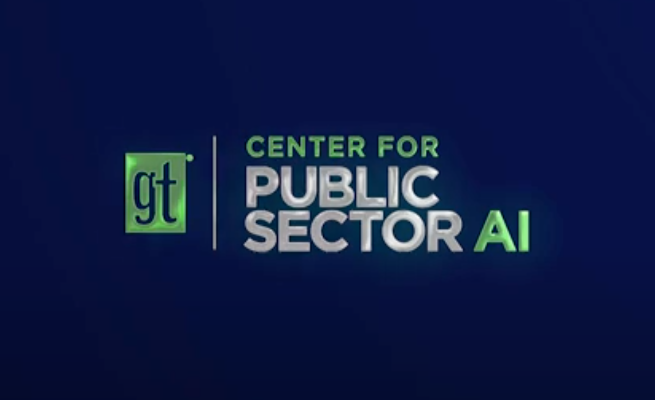
Articles
The Complexities of Transportation Equity
Transportation equity is the idea that every person should be able to use transportation services to get anywhere they want to go.
Transportation equity is the idea that every person should be able to use transportation services to get anywhere they want to go.
Proponents of transportation equity hope it can redress the way transportation has privileged some, while being used to isolate or control others.
For example, in the 1950s and 60s, many urban highways were built through African American neighborhoods, displacing tens of thousands of people, and destroying homes and businesses.
The highways cut off neighborhoods from their cities and subjected residents to far higher levels of air pollution than others, which led to long term health problems. The isolation also resulted in higher rates of poverty and possibly played a role in the wave of crime and violence in the 70s and 80s.
As the Boston Regional Metropolitan Planning Organization puts it, “An equitable transportation system prioritizes the needs of marginalized communities and eliminates the barriers to access and harmful transportation impacts experienced by these communities.”
Modern challenges to transportation equity
In the United States today, many people cannot drive a car — whether due to poverty, disability, medical issues, age, or legal consequences. However, these same people still need to get around — to school or work, to doctors’ appointments, grocer stores, social activities, etc.
Yet our transportation system generally assumes that everyone can drive and has a car.
The majority of road space is devoted to single occupant vehicles, even if the majority of road users travel via buses, bikes or walking.
This is inequitable in itself, but it also intensifies further inequities, since the narrow sidewalks left to non-car users precipitate conflicts between pedestrians, cyclists, people with baby carriages, people with walkers, and people in wheelchairs.
Poorer neighborhoods also frequently lack street trees — which can help buffer people from cars and keep neighborhoods cool — might lack sidewalks entirely, and generally see far more people killed by cars despite a lower population of drivers.
People who cannot drive are more often shut out from job opportunities due to an inaccessibility of transportation. Either their options are too infrequent, or service ends before their shift would. In the case of biking or walking, it may be too dangerous because of fast-moving traffic.
Safety and transportation equity
When safety or transportation become issues, elected officials are quick to promise more enforcement of traffic laws, or more lanes to solve traffic issues. However, the built environment is a major factor that governs safety.
Narrow streets, street trees, protected bike lanes, and other features of wealthier neighborhoods play a huge role in safety and making car alternatives viable options. Meanwhile, slip lanes, lane width, insufficient signage, traffic control devices, and sometimes even crosswalks encourage drivers to speed.
And while cars have improved in safety for drivers and passengers, they have gotten more unsafe for pedestrians and cyclists as they have ballooned to being nearly the size of World War Two era tanks.
The economics of transportation equity
What makes the car centricity of American transportation even more complicated is that cars and the infrastructure to move them around are very expensive.
Highways costs cities and states vast amounts of money to build and maintain; parking lots and garages are expensive for real estate developers to build and maintain; and cars themselves are expensive to buy and maintain.
Roadways drive up taxes, parking lots drive up the costs of goods, and housing and cars consume a great deal of a lower income household’s money.
The number of Americans who are 60 days behind on their car loans is rising, although the number that make it to 120 days is much lower than in the past, according to Jalopnik. Far from offering any sort of freedom, Americans are increasingly trapped in cycles of needing to go to predatory lenders, falling behind on high interest rates, and then battling a credit ranking tank when they default and their car gets repossessed.
It’s not sustainable.
We can have a transportation system that helps people get where they want without sending them to the poorhouse first — regardless of race or gender or any other category.
It’s called transit, it’s called biking, it’s called walking.
But above all, an equitable transportation system needs planners willing to develop it, elected officials willing to push for it and a system willing to prize people and safety over maximizing vehicle throughput.
Learn more about how Urban SDK can help your organization make informed decisions using critical data. Contact our team here.

NEWS
Recent Announcements
See how public sector leaders succeed with Urban SDK.

Company News
Urban SDK Joins Government Technology’s AI Council to Help Shape the Future of AI in the Public Sector
We’re proud to announce that Urban SDK has officially joined the AI Council, part of Government Technology’s Center for Public Sector AI

Company News
Collision Index: Proactive Traffic Safety Powered by AI
Communities now have another layer of road safety thanks to Urban SDK’s Collision Index

Customer Stories
University of Florida Transportation Institute Partners with Urban SDK to Expand I-STREET Program
Urban SDK and the University of Florida have partnered to expand the university's I-STREET Program
WEBINAR
Identify speeding and proactively enforce issues
See just how quick and easy it is to identify speeding, address complaints, and deploy officers.
